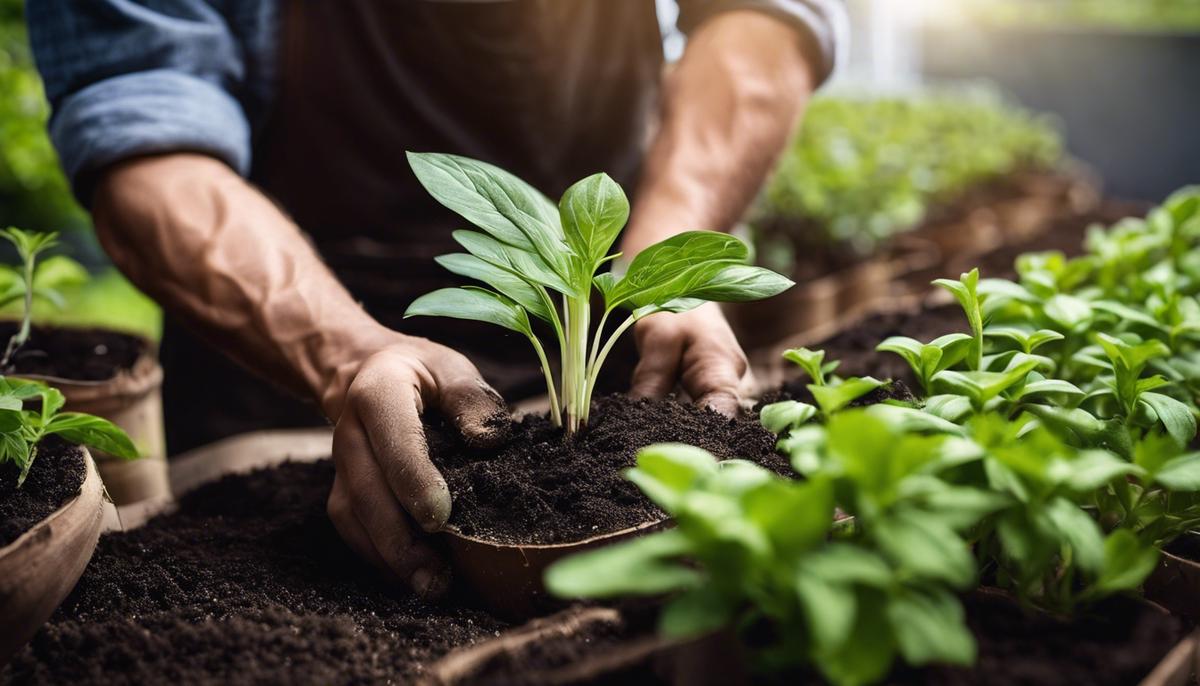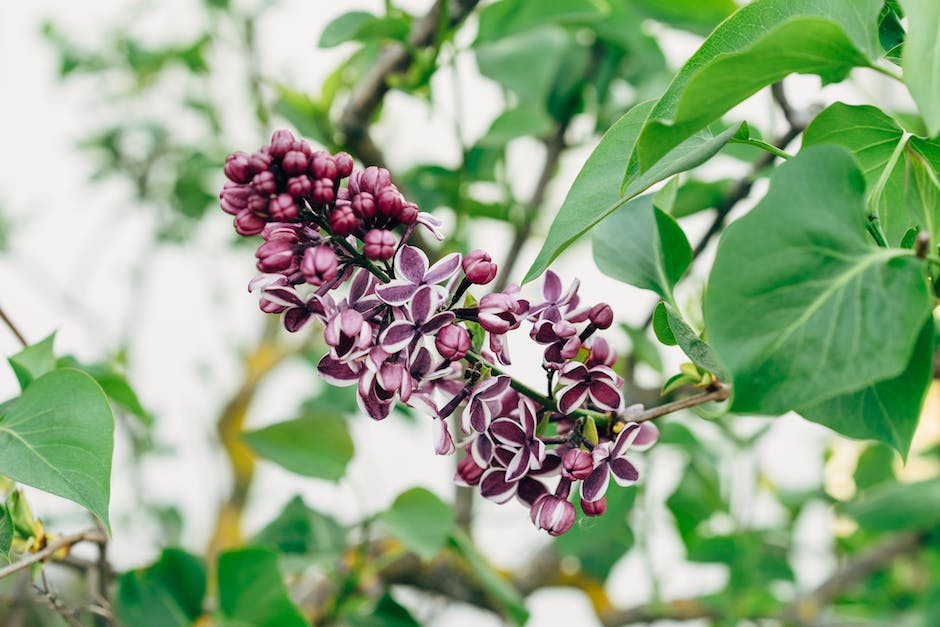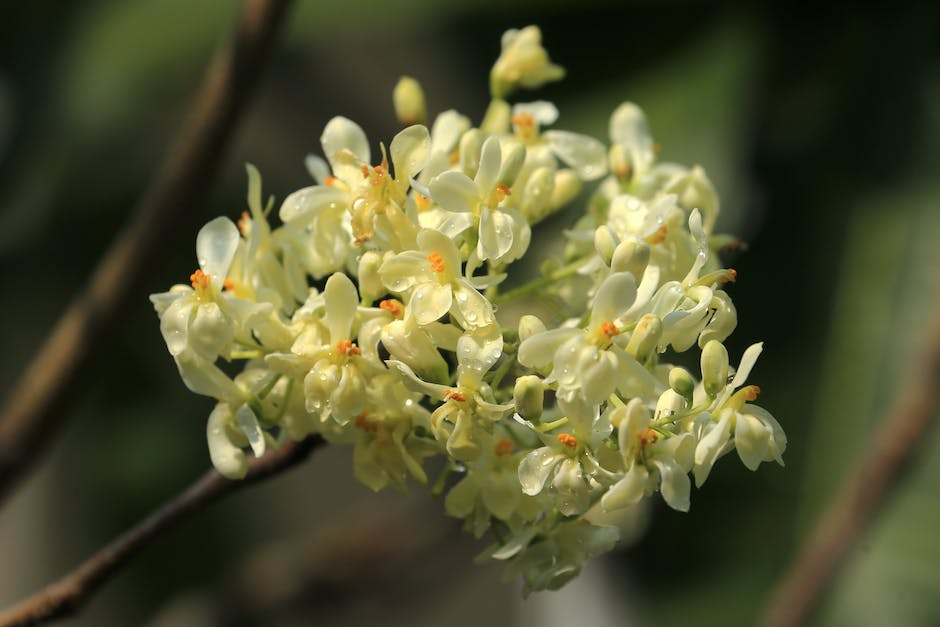Grow Your Own Butterfly Bush: A Guide to Propagation

Plant propagation is a fundamental skill that often piques the curiosity of gardening enthusiasts. A wonderful display of nature’s beauty, the butterfly bush, specifically, captivates with its vibrant blooms and attracts a spectrum of fluttering butterflies. To successfully propagate a butterfly bush from cuttings, understanding its breeding process is essential. Aside from this, you undergo the practical steps involved such as correctly preparing the cuttings, and delicately planting and caring for them. You’ll discover that the right timing, branch selection, and cutting techniques can assure the survival and propagation of this entrancing shrub. Plant propagation may seem complex, but it’s a journey that leads to an enchanting garden full of lush, thriving flora.
Understanding Plant Propagation
An ardent burst of excitement surges through the veins of any seasoned grower when you strike upon the word ‘Propagation’! It’s one of those fascinating processes in the expansive world of gardening that mesmerizes through the sheer magic of creation. It’s as though the plants and you have an exclusive pact: you nurture them, and they gift you more of their kind in return.
Who could resist the allure of such a wondrous and cost-effective way to enhance the rich, vibrant, green aura of any garden? Understanding plant propagation and its significant role in garden management can be considered a gardening milestone every enthused hobbyist should eagerly aspire to.
Plant propagation, in simple terms, is the multiplication of plants. It’s a practice that involves creating new plants from existing ones by using various means and methods. The beauty of propagation is that it allows for the creation of a legion of plants from just one parent.
Propagation techniques can generally be categorized into two main methods: sexual and asexual propagation. Sexual propagation involves the creation of new plants through the plant’s very own seeds. This method instigates the natural cycle of reproduction in a ceremonious testament of rejuvenation within the rhythm of life.
Asexual propagation, on the other hand, allows for the cloning of a plant through a piece of it, typically a leaf, stem, or root. This procedure holds immense appeal for anyone looking to maintain a particular characteristic that adorns a plant. Through asexual propagation, those captivating purple-colored leaves or aromatic bouquet of flowers can be perpetually retained in replicates of the original plant.
Now, to dwell upon the importance of plant propagation in garden management. It’s akin to holding the master key that unlocks unlimited potential in terms of plant diversity and garden productivity.
Propagation allows for the expansion of the plant variety without substantial cost, and it gives the gardener control over the health and vitality of the plants. It’s also an excellent means for perpetuating rare or endangered plant species, thereby doing a little for biodiversity conservation right from the backyard. Further, propagation increases the aesthetic appeal of the garden by maintaining perpetuity of specific plant characteristics.
It can be a tool for garden succession, helping manage the ebb and flow of plant life, maintaining the healthy, vibrant crowd of green that tugs at every gardener’s heart.
Understanding propagation also gives a deeper insight into and appreciation of plant life and development. And perhaps most joyfully, it adds to the inimitable feeling of accomplishment when seeing the first sprouts of a plant created by one’s own hands, a testament to the would-be fruits of labor, patience, and love.
Indeed, plant propagation is an effervescent chapter in the narrative of any passionate green thumb. A step into this realm, and we’re offered an intimate glance into the fortitude of life that proliferates around us and a chance to participate in that ‘miracle’ called growth!
Plant propagation truly is the miraculous heart of any garden; aren’t we all just a little awestruck at the notion of the garden literally growing itself? Now, that’s enough to make any hobbyist’s heart skip a beat! Till next time, here’s to the joy and wonders that the green world unfolds; happy propagating!

Photo by jazminantoinette on Unsplash
Preparing Butterfly Bush Cuttings
The Art of Creating Butterfly Bush Cuttings: An Essential Guide
Aiming for a greener thumb? Consider the entrancing activity of nurturing butterfly bush cuttings. With their intoxicating fragrance and captivating bloom, these vibrant plants not only beautify gardens but also establish an inviting habitat for butterflies and hummingbirds. By mastering the skill of preparing butterfly bush cuttings, one can satiate their desire to multiply this mesmerizing shrub while endorsing the biodiversity of their garden space.
So, let’s delve into the practical feat of preparing butterfly bush cuttings with precision.
Firstly, acquire the necessary tools. Quality and cleanliness matter when preparing for any plant propagation activity. A clean, sharp knife or pruner, rooting hormone, and a well-draining potting medium are indispensable. Clean tools prevent potential diseases and ensure a given cutting has the best possible start.
Secondly, timing is key. The best time to take butterfly bush cuttings is in late spring or early summer, from the softwood growth. This is the part of the plant that is actively growing and not yet hardy – it bends without breaking. It’s optimal to harvest cuttings early in the morning as the plant is fully hydrated, making the cuttings more vital.
The next step involves the selection of the cutting portion. Choose a vibrant, disease-free stem, which is about 4-6 inches long. The stem should have several leaves but no flowers or buds, as flowering drains energy that should be devoted to root development. Using a clean, sharp knife or pruner, make a swift cut just below a leaf node and remove the leaves on the lower half of the stem.
Dip the bottom end of the cutting into rooting hormone. This step is not mandatory but can significantly enhance the probability of successful rooting. It essentially acts as a catalyst in the rooting process, encouraging the growth of roots from the cut end of the cutting.
Next, insert the hormone-coated end into a pot filled with a well-draining medium. Pack the soil around it lightly and ensure that it stays upright. However, be careful, the firmness should not disrupt the delicate root initiation.
Keep the environment of your cuttings moderately moist but not waterlogged. A clear plastic bag can be used as a makeshift humidity dome over the pot to provide a moist and stable environment. Place the pot in a location with plenty of indirect sunlight.
Lastly, patience is a virtue while waiting for roots to develop. It takes about three to six weeks for the roots to form. Keep observing for new growth, an indicative sign that roots have started forming.
To conclude, developing these cuttings isn’t just a fragment of your gardening routine but rather, a labor of love. It commemorates the beauty of nature, evolving as we consciously entwine ourselves with it. Brewing a cup of tea, strolling out to the garden, and witnessing your propagated butterfly bush thriving and attracting butterflies is a joy unparalleled. As the butterflies alight upon the bush, you’ll realize, your garden isn’t just a garden. It’s a canvas filled with your creative perseverance and the magnificence of nature’s prowess. With every fluttering wing, remember, your efforts are a part of this grand spectacle, fostering life and color in the heart of your own green refuge.

Planting and Caring for Butterfly Bush Cuttings
Taking the torch from where we’ve left earlier, we proceed to an equally crucial stage that follows the preparation of butterfly bush cuttings; planting and ensuring successful growth. It’s like an exciting roller coaster ride; once you’re up and rolling, there’s no stepping back.
It becomes essential to consider the type of container used for planting your cuttings. Always opt for pots that have drainage holes and are big enough to accommodate the root growth. A depth of at least 3-4 inches is preferable. Remember, the right vessel is vital in providing enough room for roots to grow while ensuring the soil isn’t waterlogged.
Adding to this, the quality of soil plays a dominant role too. A mixture of coarse sand and standard potting mix in the ratio 1:1 forms an ideal ground. This concoction ensures an optimal balance of moisture retention and drainage, making it a perfect growing medium for butterfly bush cuttings.
Now that the cutting and pot are all set, it’s tie to sow the magic seeds bearing the potential of a beautiful bush. Plant the cutting about 2-3cm deep in the soil. Spacing is pivotal; maintain a distance of about 5-6 cm between the cuttings. Be gentle; treat them like precious gems being embedded into the heart of earth.
Once planted, water them until the soil is thoroughly damp but never slushy. Keep the pot in a spot that receives gentle indirect sunlight but is not exposed to harsh conditions. The location and watering amount play a harmonious symphony that dictates the success of your plant kingdom.
Maintaining a consistent moisture level is a trickster faire tale here. Adopt the method of misting instead of watering directly. You can also cover the pot with a clear plastic bag leaving some open for proper air circulation. This mimics a miniature greenhouse effect, creating an ideal humid environment promoting root development.
In the realm of cultivating butterfly bush cuttings, patience is truly a virtue. It could take anywhere between two to six weeks for them to root. Here comes exciting part – the visual delight of seeing the new leaves sprouting, secure in the knowledge that roots are forming below.
However, the ultimate accomplishment lies in the successful transplant of the cutting to its permanent location in the garden. Ideally, transplanting should be done in the spring when there’s plenty of room for growth and development. But remember, it’s important to harden off your cuttings before this move. Gradually expose them to outdoor conditions over a span of a week to acclimate.
Finally, the nurturing of butterfly bushes doesn’t end with propagation and planting. Regular pruning is critical for them to bloom prolifically and allure those beautiful butterflies, adding to garden’s beauty and bio-diversity.
Creating a recipe of the right tools, timing, patience, and care, butterfly bush cuttings can ignite a fascinating journey by allowing the little gardener in you to soar. Adventuring in propagation allows our footprints to tickle the green world, and while doing so, let’s make room for more miracles around us!

Undoubtedly, the challenge of propagating a butterfly bush It’s not just a mastery of techniques, but a genuine commitment to providing an environment conducive to growth. By familiarizing yourself with the butterfly bush’s specific breeding process, preparing cuttings with precision, and diligently caring for planted cuttings, you’ll bring to life a vibrant spectrum of butterfly bushes, painting your garden with swathes of majestic colors. Apart from enhancing the aesthetic beauty of your outdoor space, this process contributes to the conservation of these lovely blooms. Indeed, plant propagation is a practical skill imbued with a touch of magic – the magic of nurturing life from a small cutting into a mature, breathtaking butterfly bush.



